[dropcap]It’s[/dropcap] 1904. The Congo. A man sits on a porch, staring intensely at something. At first you can’t tell at what—but a closer look reveals the sickening truth: It’s the severed foot and hand of a child.
Nsala, the man in the picture, was photographed by English missionary Alice Seeley Harris after he arrived at her mission clutching a parcel that contained what was left of his five-year-old daughter. She’d been killed and dismembered as a punishment when his village failed to meet the rubber quotas demanded by the imperial regime.
Harris went on to take hundreds of pictures like this, documenting the violence, enslavement, and exploitation inflicted on the Congolese people by agents of the Belgian King Leopold II, Queen Victoria’s cousin. From 1885, Leopold ran the Congo Free State as his personal money spinner, getting rich off forced labor while pretending it was a humanitarian project. After they were made public, these pictures forced people in Europe to face what was really happening and, under public pressure, the Congo was signed over the the Belgian state in 1908. It wouldn’t gain independence until 1960.
[mc4wp_form id=”6042″]
The Democratic Republic of the Congo, also known as DR Congo, DRC, DROC, Congo-Kinshasa or simply the Congo, is a country located in Central Africa. The DRC borders the Central African Republic and South Sudan to the north; Uganda, Rwanda, Burundi and Tanzania to the east; Zambia and Angola to the south; the Republic of the Congo to the west and the Atlantic Ocean to the southwest. It is the second-largest country in Africa by area and eleventh largest in the world. With a population of over 80 million, the Democratic Republic of the Congo is the most populated officially Francophone country, the fourth most-populated nation in Africa and the eighteenth most populated country in the world.
The territory of the DR Congo was first settled by humans around 90,000 years ago. Bantu peoples began migrating into the region in the 5th century and again in the 10th century. In the West of the region the Kingdom of Kongo ruled from the 14th to 19th centuries, while in the centre and East of the region the kingdoms of Luba and Lunda ruled from the 16th and 17th centuries to the 19th century. In the 1870s, before the onset of the Scramble for Africa, European exploration of the Congo was carried out, first led by Sir Henry Morton Stanley under the sponsorship of King Leopold II of Belgium. Leopold formally acquired rights to the Congo territory at the Conference of Berlin in 1885 and made the land his private property. He named it the Congo Free State. During the Free State the colonial military unit, the Force Publique, forced the local population into producing rubber, and from 1885 to 1908 millions of Congolese died as a consequence of disease and exploitation. In 1908 Belgium, despite initial reluctance, formally annexed the Free State from Leopold, which became the Belgian Congo. (Wikipedia).

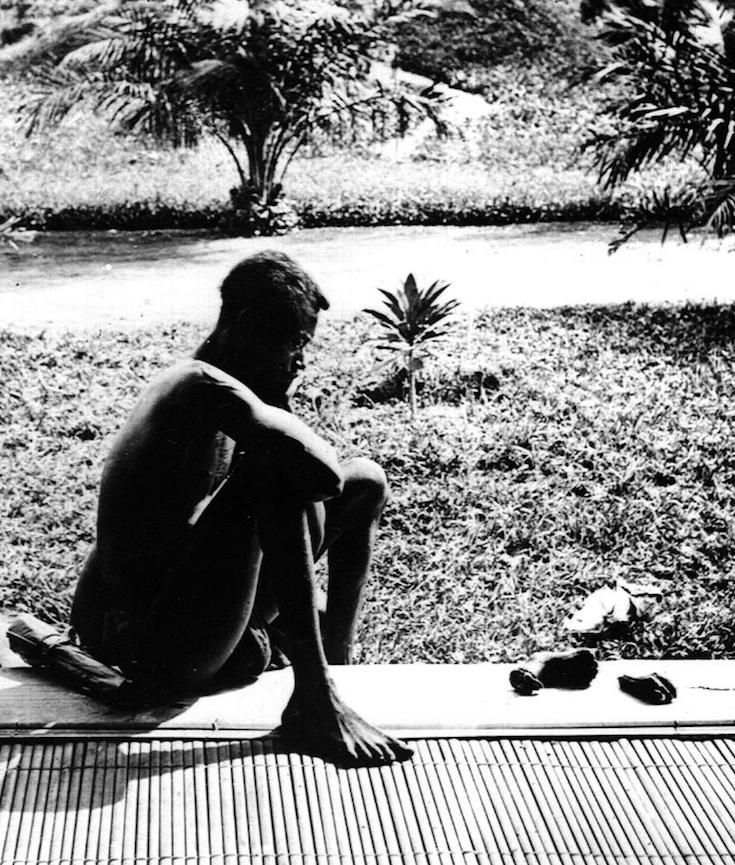
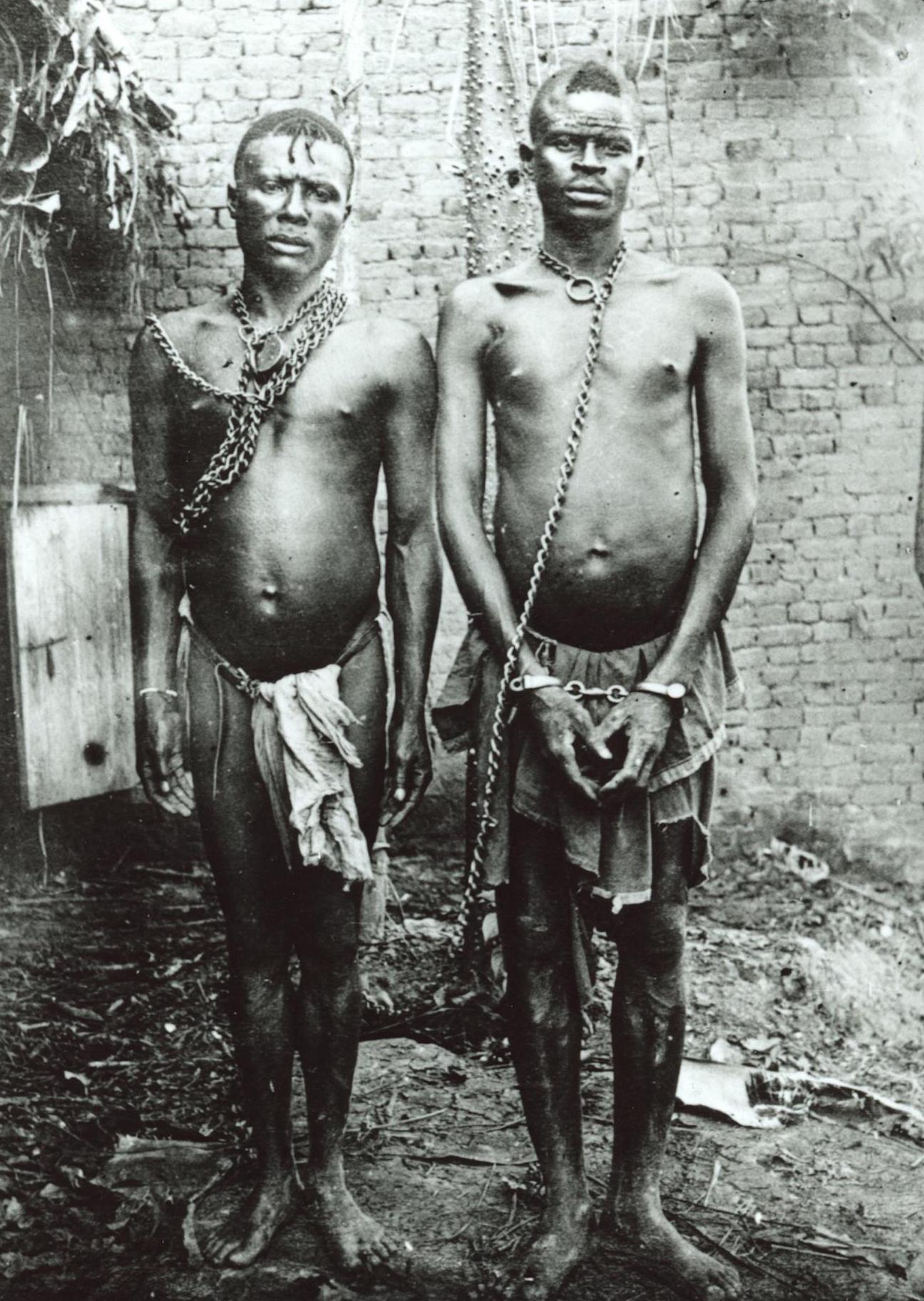
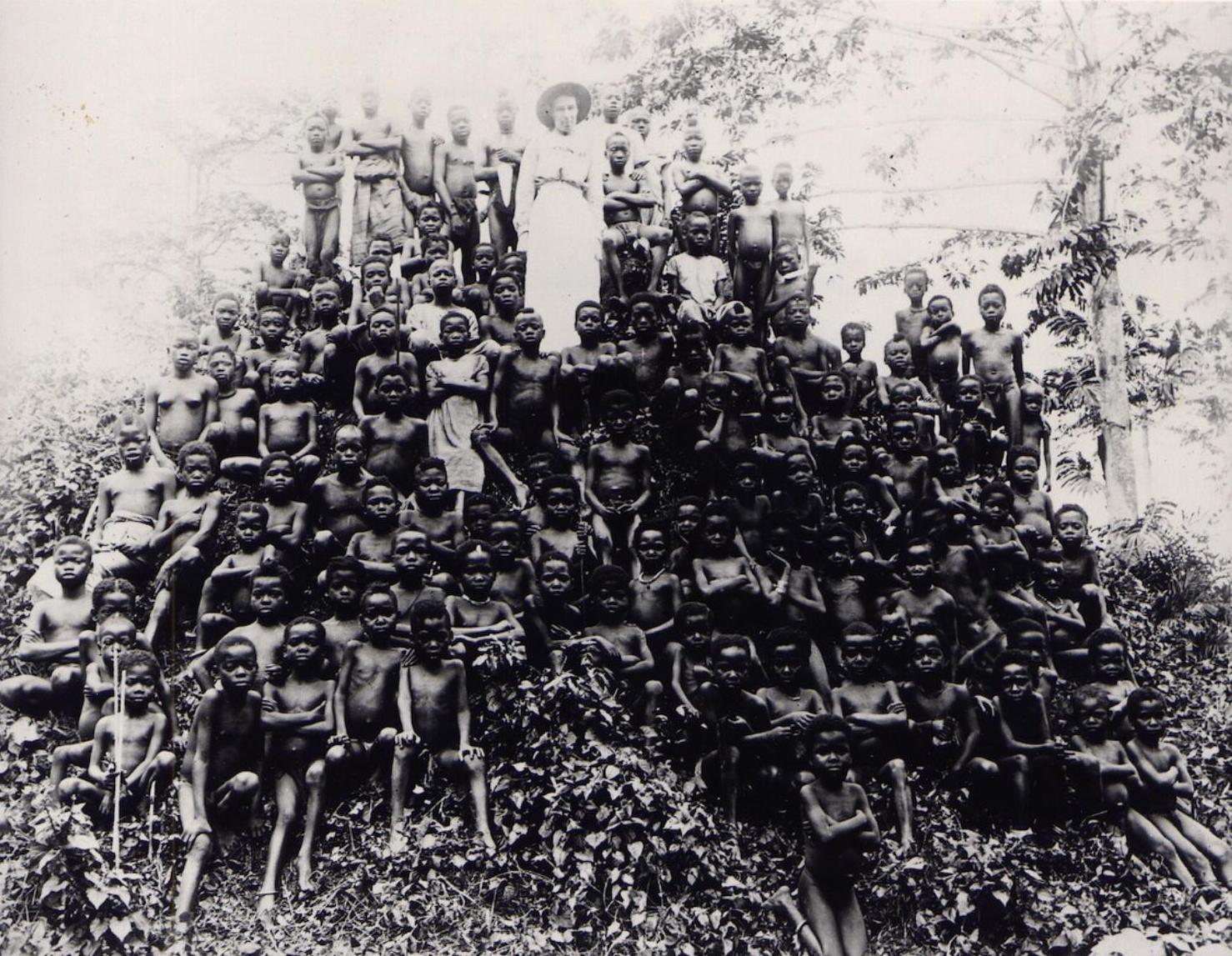
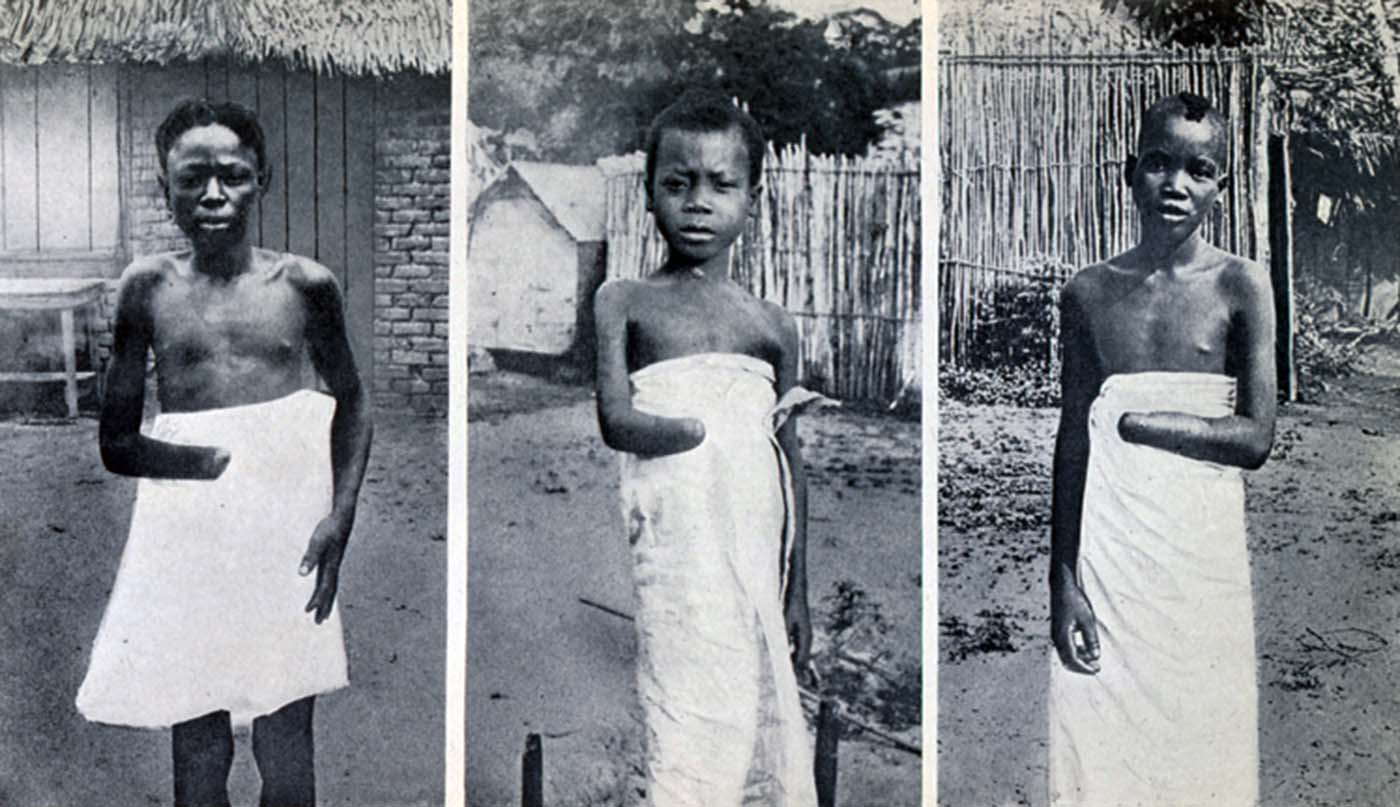
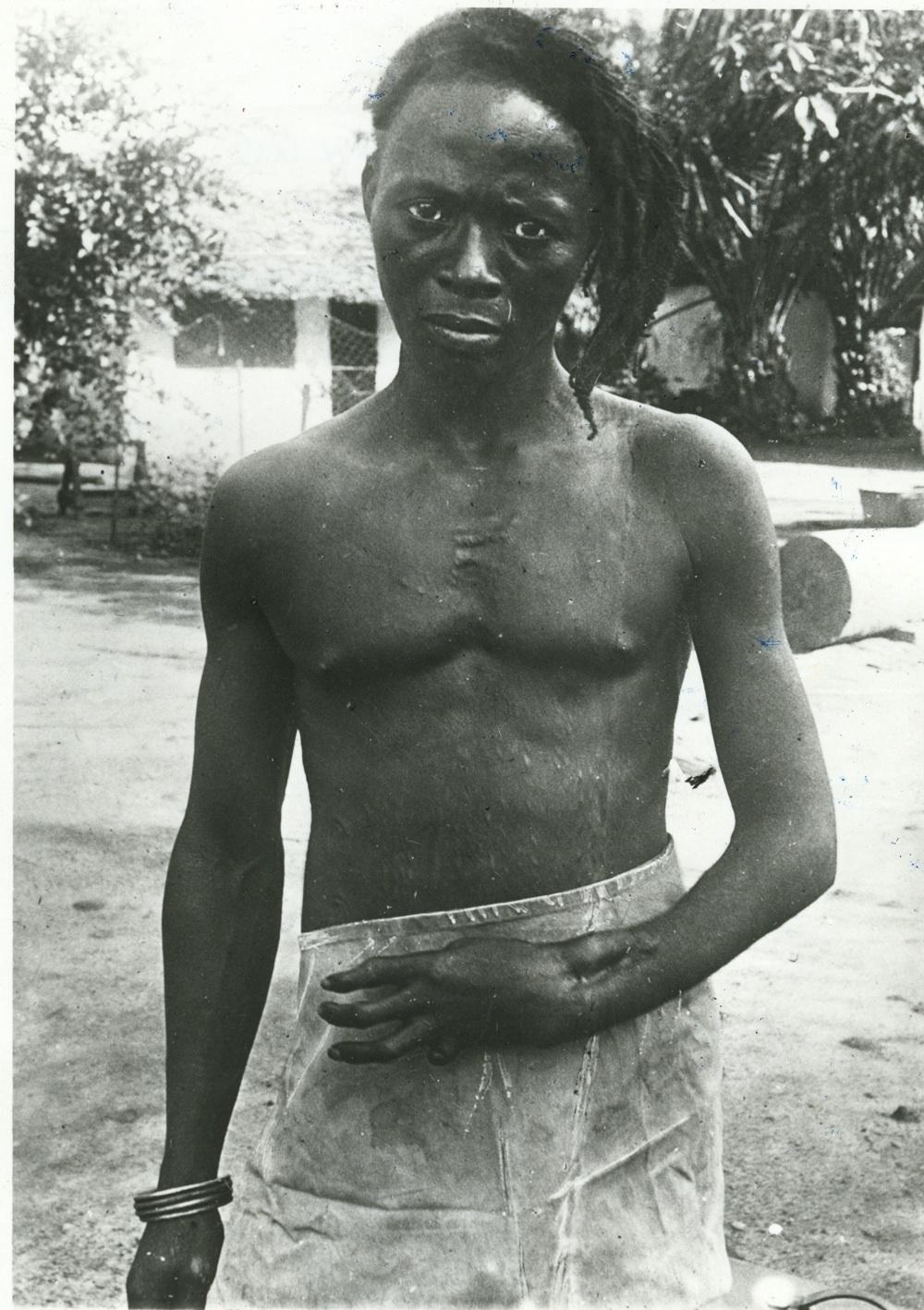
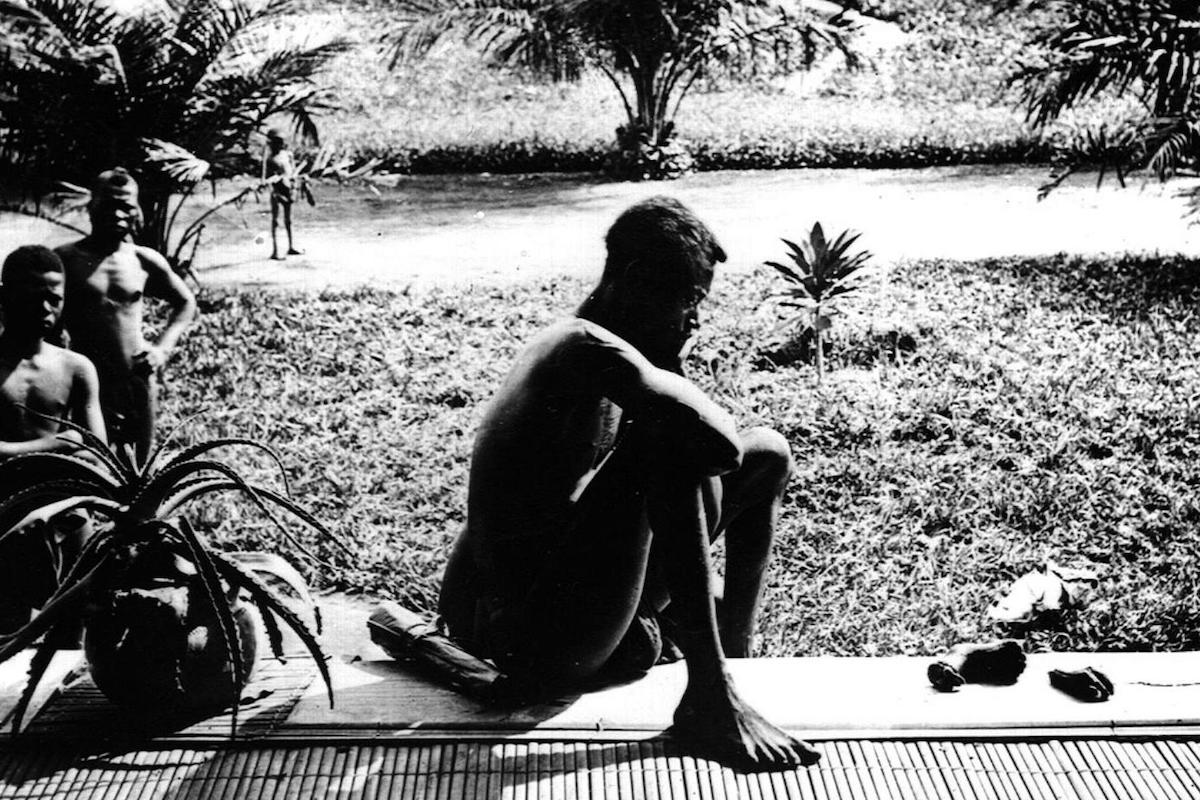
You must be logged in to post a comment.